1. Photography Once Required Planning, Patience, and Gear
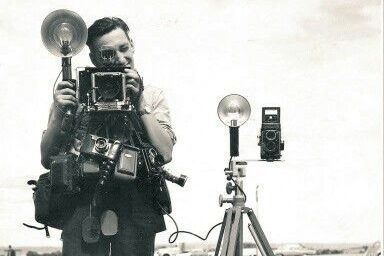
Before smartphones, capturing memories meant buying film, carrying a camera, and waiting for results. Each photo felt precious, each roll a small gamble that might hold treasure or disappointment. Taking pictures wasn’t casual; it was deliberate and patient. Families prepared for photos the way we now plan events. You made sure the lighting was right, everyone smiled, and the film counter wasn’t at its end. Photography back then was more than a click. It was an experience that taught patience and appreciation, reminding us that sometimes, beauty takes time to reveal itself.
2. Hot Flashbulbs Lit the Earliest Snapshots
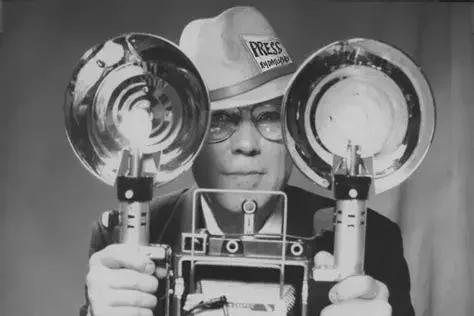
Before modern flashes, photography’s early light came from single-use bulbs that burst with brilliance. Each shot left a flash of white spots in your eyes and a faint burnt smell lingering in the air. Parents carefully changed the bulbs between pictures, fumbling with the hot glass. It was awkward yet unforgettable. Every photo felt like an event, every flash like a performance. Those glowing bulbs gave each picture a bit of theater, transforming ordinary moments into something dramatic. The ritual of snapping photos back then wasn’t sleek, but it was certainly full of charm.
3. Red-Eye Plagued Family Albums
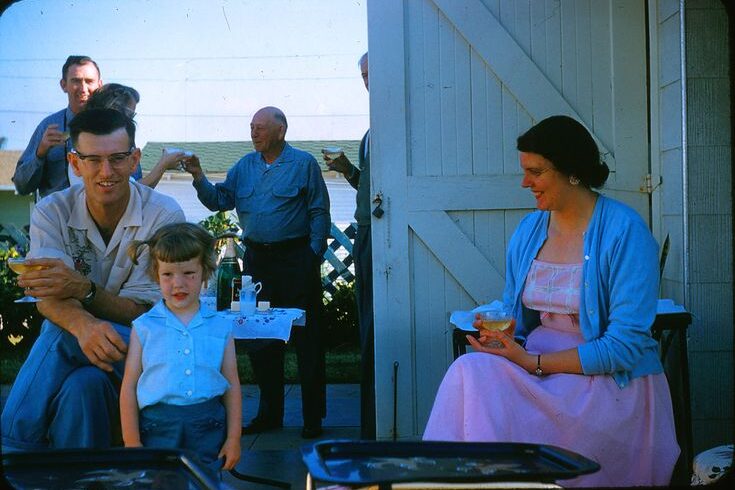
Before editing apps and red-eye removal, those bright flashes often turned cheerful faces into glowing-eyed ghosts. Almost every family album had its share of red-eyed cousins and parents who looked part human, part alien. Kids laughed, parents sighed, but everyone kept those photos anyway. It became part of the look of the time, something expected and oddly comforting. Nobody tried to fix it, and maybe that was the beauty. Every imperfect picture reminded us that family life wasn’t flawless either, but it was real, messy, and full of stories we still cherish.
4. Polaroids Made Photos Instant Magic
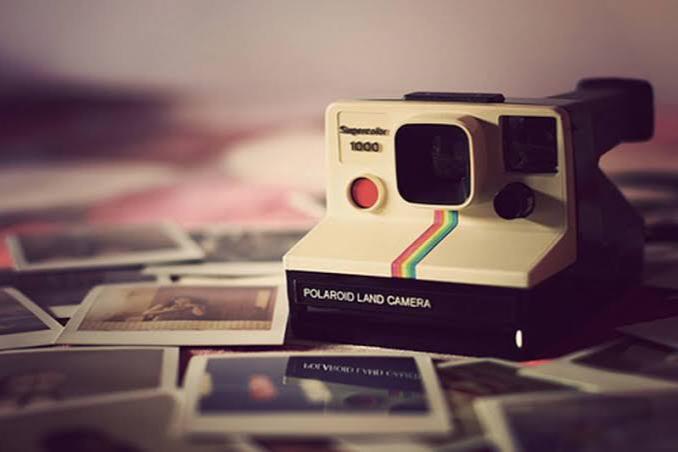
When Polaroid cameras arrived, photography felt like a magic trick. Press a button, hear that mechanical hum, and watch as a blank square slid into your hand. Families leaned in together, waiting as faint outlines began to appear, cheering as faces slowly took shape. People would wave the photo in the air, believing it made it develop faster. It didn’t, but the act became tradition. Every photo carried the excitement of surprise. It wasn’t just about capturing a moment but watching it come alive right before your eyes. That magic never truly faded.
5. The Smell of Polaroids Became a Memory
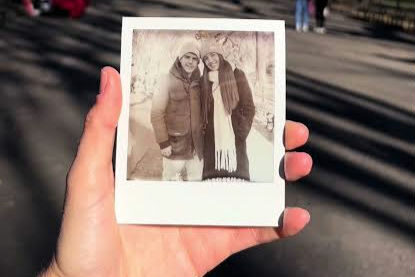
Freshly printed Polaroids carried a sharp chemical scent that instantly became part of the experience. It wasn’t pleasant exactly, but it was familiar, almost comforting. That smell mixed with the laughter of people waiting for their pictures to appear. It reminded everyone that something real was happening. The photo you held was still forming, transforming from blank to beautiful. That scent meant memories were being made right there in your hands. Long after the chemicals faded, the smell stayed in your memory, tied forever to a time when photos felt alive.
6. Polaroid SX-70s Looked Like the Future
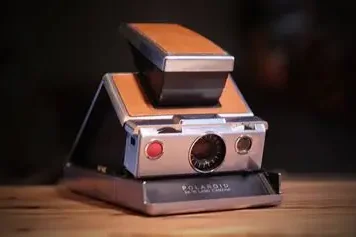
When the Polaroid SX-70 hit the market in the 1970s, it didn’t just take pictures; it looked futuristic doing it. Sleek, foldable, and elegant, it made users feel like professional photographers. Adults admired its design, while kids stared in awe as instant pictures developed in seconds. It felt like owning a piece of tomorrow. The camera wasn’t only about convenience but style, too. Families proudly carried it to vacations and parties. The SX-70 captured more than images; it captured attention. It turned photography into a statement of creativity and class, blending science with art.
7. Disposables Made Photography for Everyone
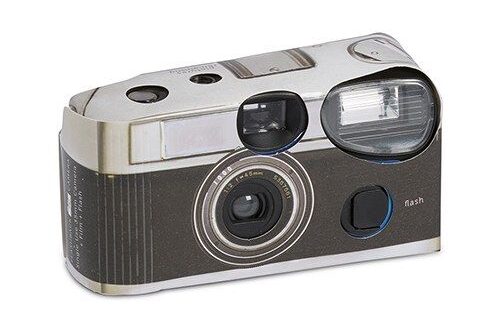
Disposable cameras changed everything. Cheap, lightweight, and easy to use, they let anyone become a photographer. You didn’t need fancy lenses or training. Just point, click, and wind. Kids brought them to birthday parties and field trips, capturing crooked smiles and silly poses. The pictures weren’t perfect, but they were pure fun. Disposables made photography democratic. Suddenly, memories weren’t just for professionals or parents; they were for everyone. Whether it was a picnic, vacation, or sleepover, a disposable camera was your ticket to preserving joy in its simplest, truest form.
8. Winding the Wheel Was Oddly Satisfying
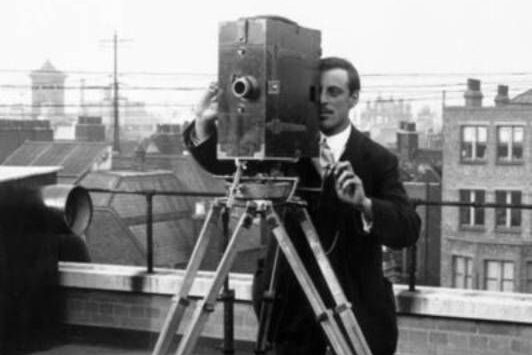
After every shot, that little wheel begged to be turned. The ratcheting click that followed felt rewarding, like locking a moment safely into place. Kids loved it, spinning the wheel eagerly after each flash. The sound became part of the rhythm of taking photos. It was physical proof that you had just captured something important. Each turn felt purposeful, almost ceremonial. In an age before screens and previews, that winding sound meant you were building something frame by frame, trusting the process and enjoying the anticipation of what might come next.
9. Blurry, Crooked Shots Were Half the Fun
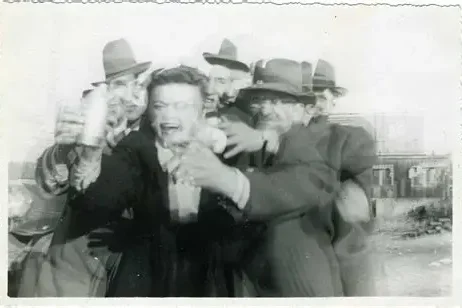
Before retakes and filters, mistakes made photography honest. Thumbs crept into frames, heads got cut off, and blurry pets dashed across the scene. Parents might groan, but kids laughed every time. Those imperfect pictures were part of the charm, little accidents that told real stories. Looking back, it’s the blurry ones we love most because they captured life as it was: unpredictable, funny, and beautifully flawed. Every tilt and smudge became part of the memory, reminding us that perfection was never the point.
10. Vacation Rolls Told Family Stories
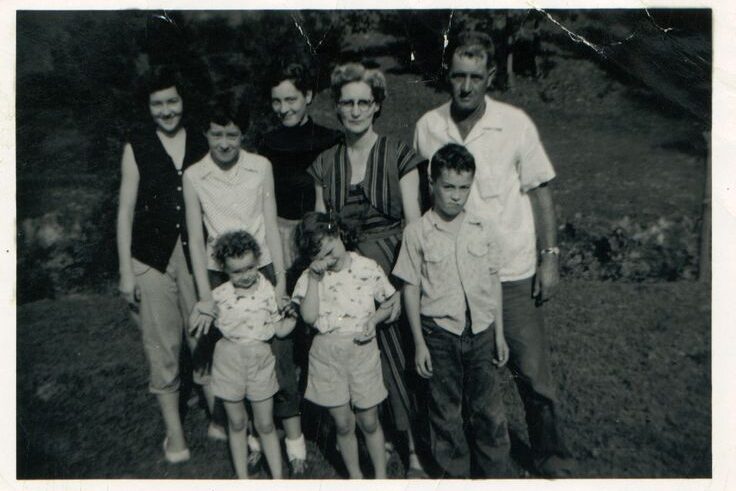
Vacations once unfolded across rolls of 24 or 36 exposures. Each click felt important because film was limited. Families posed in front of landmarks, beaches, or campfires, never sure how it would look later. Some shots were masterpieces, others total mysteries. Yet together, they told stories better than words. Opening those envelopes weeks later was like reliving the trip from start to finish. Even the overexposed or awkward ones became treasures because they proved you were there, together, making moments that mattered more than the quality of the shot.
11. Weddings Let Guests Be Photographers
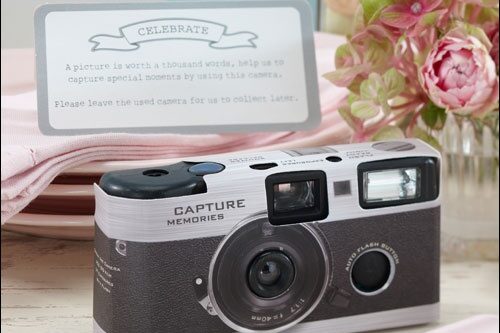
In the late nineties, weddings often featured disposable cameras on every table. Guests snapped candids of dances, toasts, and laughter. When the film was developed, couples discovered glimpses they hadn’t seen: friends mid-laugh, grandparents dancing, kids stealing desserts. Those guest photos were messy, grainy, and completely heartfelt. They revealed real love, not just staged beauty. For many, these imperfect pictures became the most cherished ones, proof that memories are best when shared. Each click from a guest’s camera added another piece to the puzzle of joy that made the day unforgettable.
12. School Dances and Parties Filled Rolls Fast
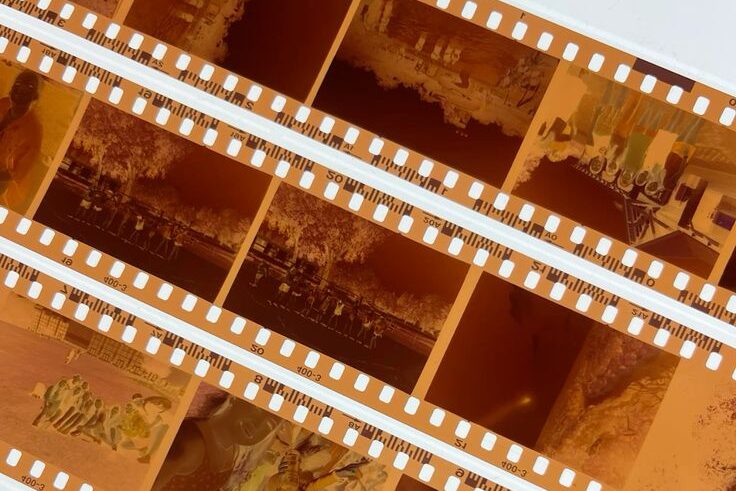
Teenagers used up whole rolls of film at school dances and birthday parties. They posed awkwardly, made goofy faces, and clicked through moments that felt huge back then. Each photo captured friendship and innocence, even if it was blurry or dark. The envelopes came back full of grainy snapshots that told a story of growing up. You’d pass them around, laugh until your stomach hurt, and pin your favorites on your wall. Those pictures weren’t polished, but they were real. They caught youth in motion, frozen just long enough to last forever.
13. One-Hour Photo Labs Felt Miraculous
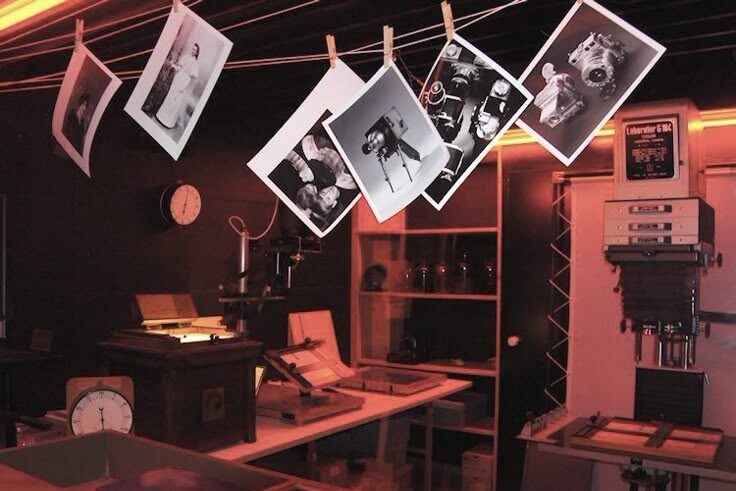
There was a time when waiting an hour felt revolutionary. Photo labs in supermarkets and drugstores transformed film into glossy prints in just sixty minutes. Kids pressed their noses against the glass to watch the machines whir and churn. The smell of developing chemicals hung in the air, both strange and exciting. You’d grab your envelope, barely waiting to open it. In one hour, memories turned from invisible to real. It felt like magic, even though it was science. That one-hour wait made the results even more rewarding.
14. Picking Up the Envelope Was Suspenseful
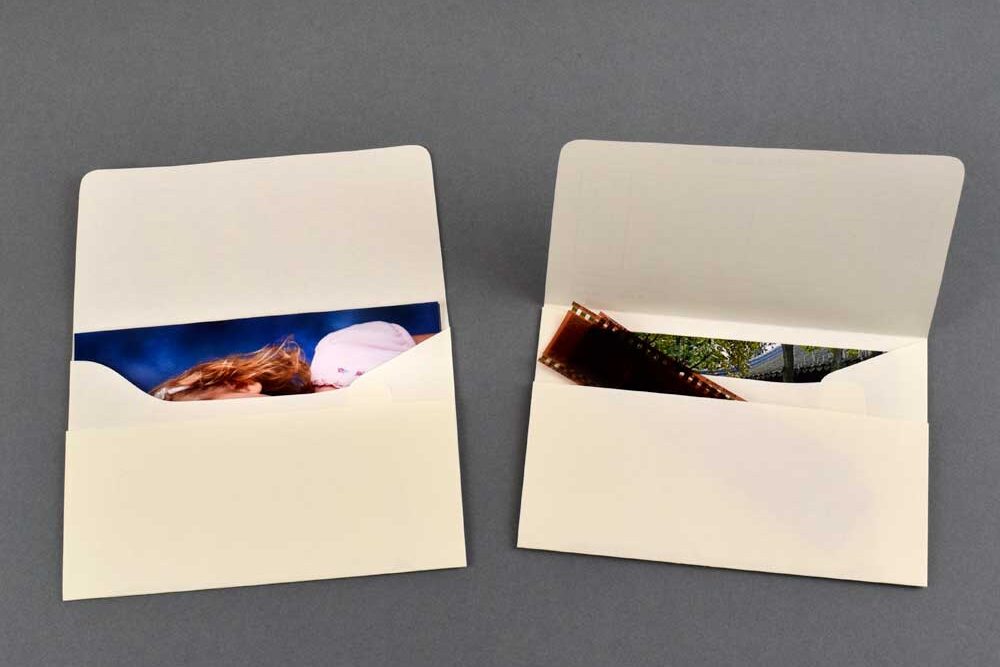
Opening that paper envelope was like unwrapping a mystery. You never knew what you’d find: blurry smiles, perfect sunsets, or half-closed eyes. Families couldn’t wait to peek before leaving the counter, laughing at surprises or gasping at unexpected gems. Every batch told a story. Even the flawed ones were special because they proved you were living. The excitement of seeing real prints for the first time is something screens can’t replace. That small thrill of discovery made each trip to the photo lab an adventure worth remembering.
15. Double Prints Made Sharing Easy
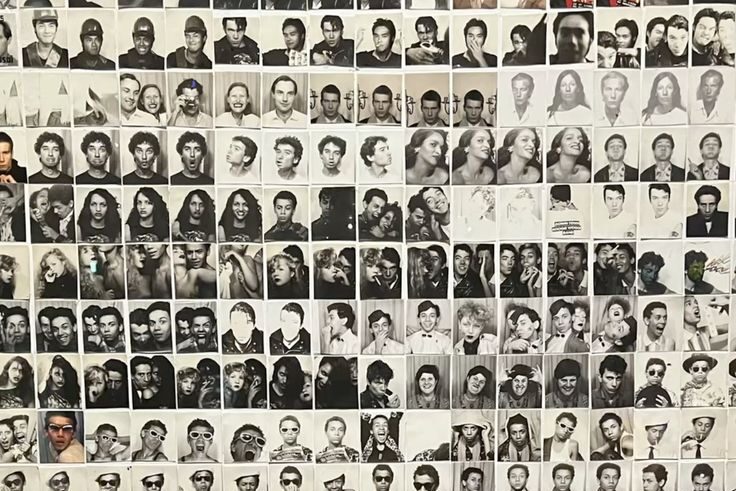
Photo labs often gave you two of everything. One for you, one to give away. It was a small touch that made a big difference. Friends traded extras like keepsakes. Teenagers tucked them into lockers, while grandparents framed them proudly. Sharing wasn’t digital; it was personal. The photos carried fingerprints, smudges, and meaning. Every duplicate felt like a gift, a way to keep loved ones close even when far apart. Those double prints reminded us that memories are meant to be shared, not stored away.
16. Scrapbooks and Sticky Albums Preserved It All
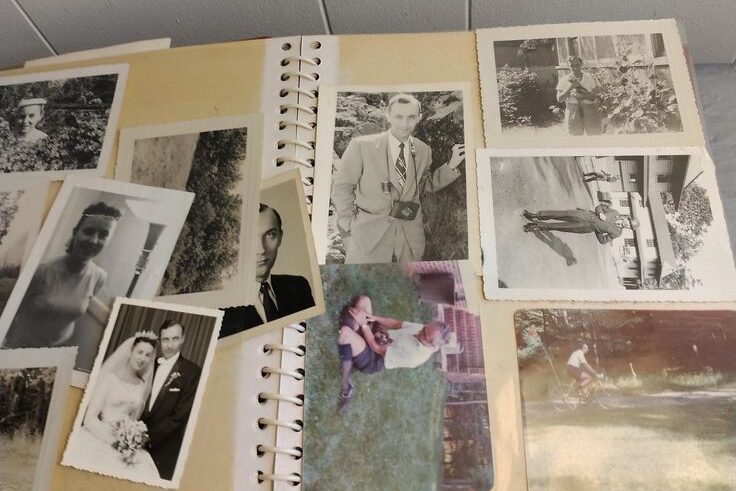
Long before cloud storage, scrapbooks held our lives. You’d peel back plastic, press the photo onto sticky pages, and smooth out the air bubbles. The pages filled with birthdays, holidays, and family adventures. Each album became heavier with time, both in weight and meaning. Years later, flipping through them felt like visiting old friends. The pages might yellow, the glue might fade, but the love inside stayed intact. Albums weren’t just collections; they were time machines that kept families connected across generations.
17. Photobooths Captured Unfiltered Joy
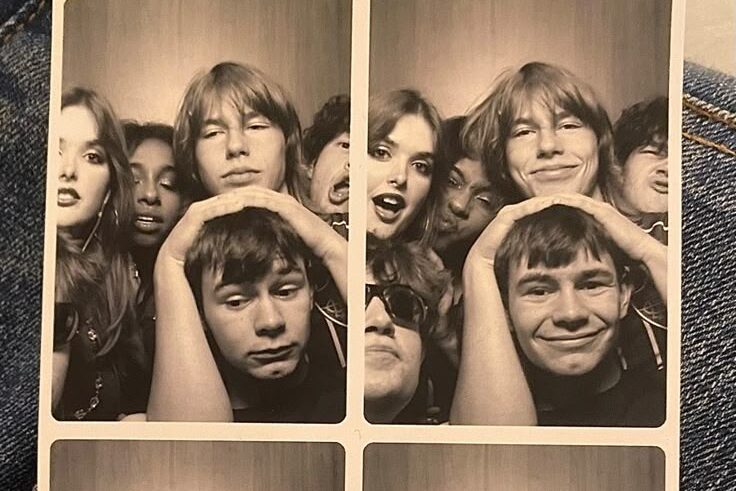
Crammed into a tiny booth, friends or couples giggled as the countdown began. The flash popped, capturing four quick moments of chaos and affection. When the photo strip slid out, everyone leaned close, laughing at messy hair and unexpected faces. Those little squares went on mirrors, into wallets, and inside notes passed during class. They marked birthdays, first dates, and afternoons at the mall. Photobooths invited play, not perfection, and that freedom showed. Even now, those simple strips feel more honest than any filter, proof that joy loves tight spaces and shared laughter. They still whisper memories in silver frames.
18. Film Development Was a Leap of Faith
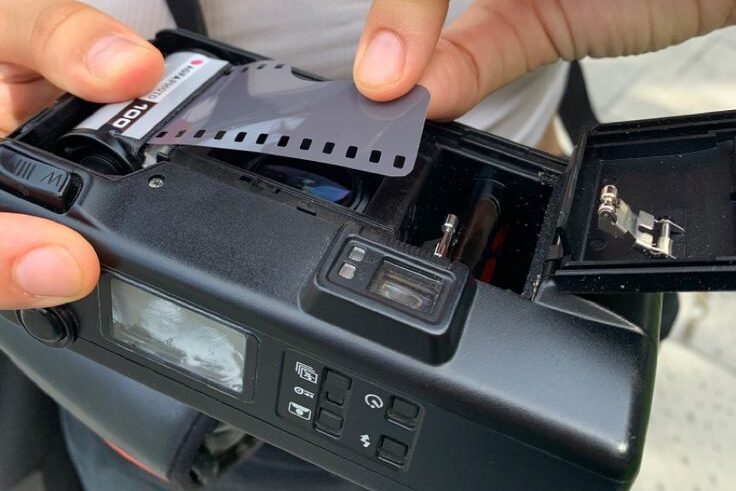
Handing over a roll of film was like trusting someone with your memories. You hoped for magic but expected surprises. Sometimes the pictures came out perfect, sometimes washed out or missing entirely. That uncertainty made photography feel alive. It wasn’t about control; it was about trust and discovery. You never really knew what you’d captured until the prints returned. And when they did, even the mistakes told their own story. Every photo was proof of a moment you believed was worth remembering.
19. Random Strangers Photobombed Your Life
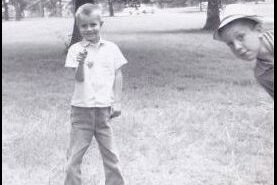
Back before selfies and digital retakes, you often discovered new faces in your background. A tourist, a child, or someone mid-step might appear forever in your photo. Years later, you’d flip through albums and wonder, “Who’s that?” They became accidental characters in your life story. Those uninvited strangers gave your pictures texture and truth, little reminders that life was happening everywhere around you, even when you didn’t notice. Their presence made every photo more alive, more real, and endlessly fascinating.
20. Detachable Flashes Felt Professional
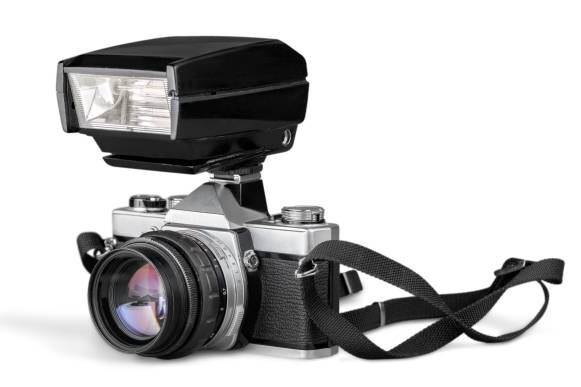
If you had a camera with a detachable flash, you were considered serious. It snapped into place with authority, instantly making you feel like a pro. Even if you didn’t fully understand the settings, the gear itself gave confidence. It added a sense of ceremony to taking pictures. Each flash felt important, deliberate, and proud. The equipment was bulky, but it made you believe your photos mattered. For many, owning that kind of camera was less about photography and more about feeling part of something bigger.
21. Digital Cameras Ended the Waiting Game
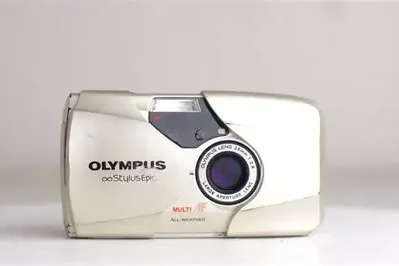
When digital cameras arrived, everything changed quickly. Suddenly, you could check a shot the second you took it and delete the bad ones without wasting film. It felt freeing, like training wheels had come off. People snapped hundreds of pictures instead of a careful few. Vacations filled memory cards, not shoe boxes. The suspense disappeared, replaced by instant certainty and endless do-overs. That convenience was wonderful, but it also lightened the weight of each image. Photos multiplied while mystery faded. We gained control and speed yet sometimes missed the quiet joy of waiting to see what appeared after the darkroom.
22. The Megapixel Race Changed Everything

Every year, new cameras arrived boasting higher megapixels and sharper clarity. Owning the latest model became a quiet competition. Families upgraded often, chasing perfection that film never promised. The focus shifted from capturing memories to achieving technical excellence. Yet higher numbers didn’t make moments more meaningful. What mattered was still the people, the laughter, the tiny details only emotion could preserve. The megapixel race made photography faster, but it also taught us that no amount of resolution can replace heart.
23. Smartphones Made Everyone a Photographer
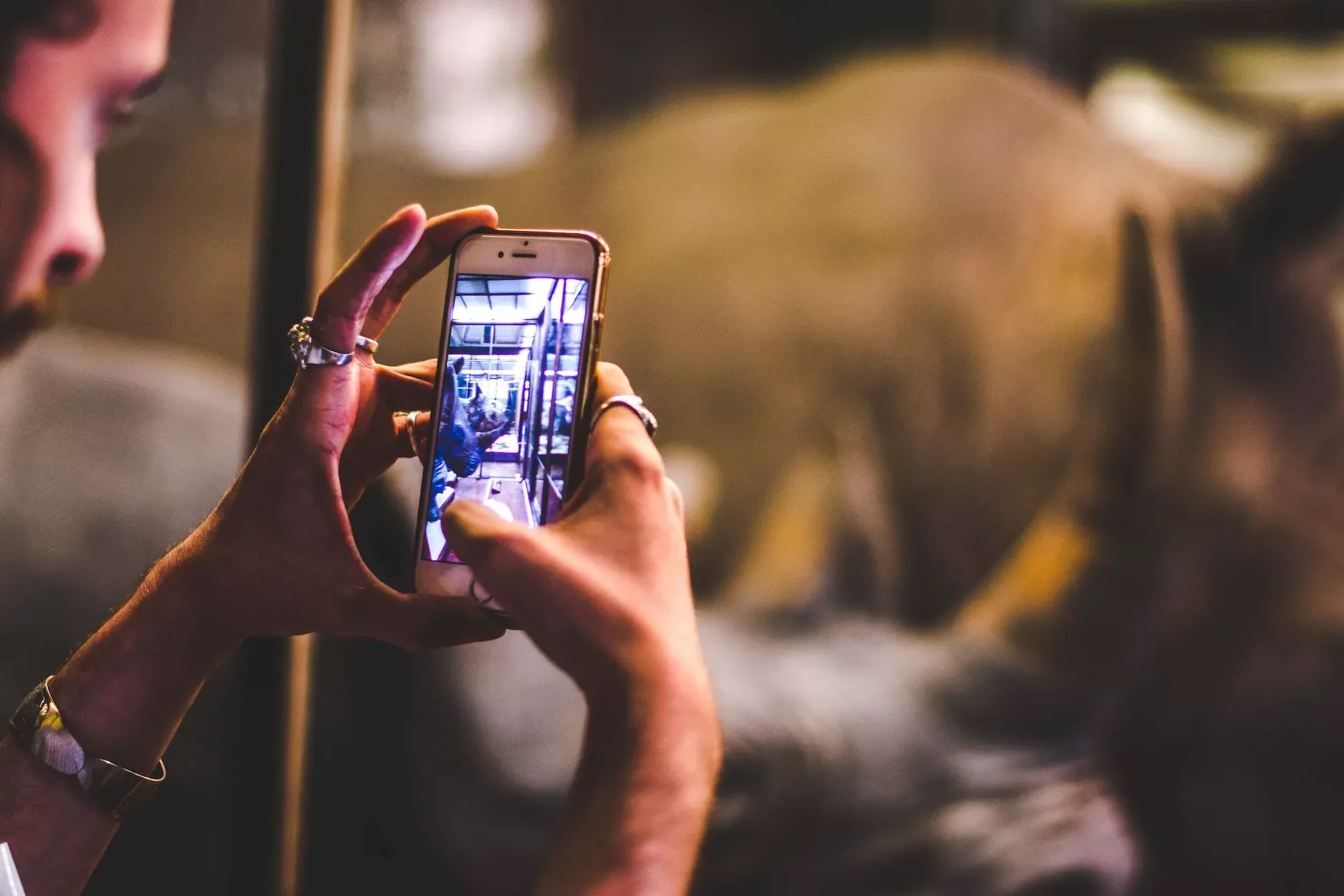
When phones added cameras, photography became effortless and constant. No rolls, no chargers to pack, no waiting lines at the lab. One tap gave you galleries of moments ready to edit, polish, and share. Filters softened flaws while retakes erased hesitation. Soon, everyday life turned into a stream of images that scrolled past as quickly as thoughts. It was exciting and liberating, but it also brought overload. Scarcity vanished, and with it a little awe. Still, beneath the convenience, we remember the warmth of one perfect picture that held everything we needed to keep so close to the heart forever.
24. Photography Was More Than Pictures It Was Patience
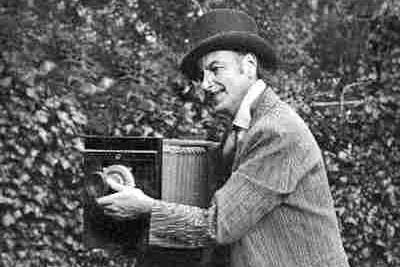
From hot flashbulbs to Polaroids, from disposables to digital screens, every era of photography taught us something about time. Taking pictures used to mean slowing down, waiting, and hoping. Each print felt earned. Every blur or glare carried warmth. Old photos remind us that imperfection was part of the beauty. Today, we take more pictures than ever, but perhaps fewer memories. The best ones are still the ones we waited for, because patience made them precious. Photography wasn’t just about seeing; it was about feeling.
This story Flash, Click, Wait: 24 Memories of Old-School Photography was first published on Daily FETCH


